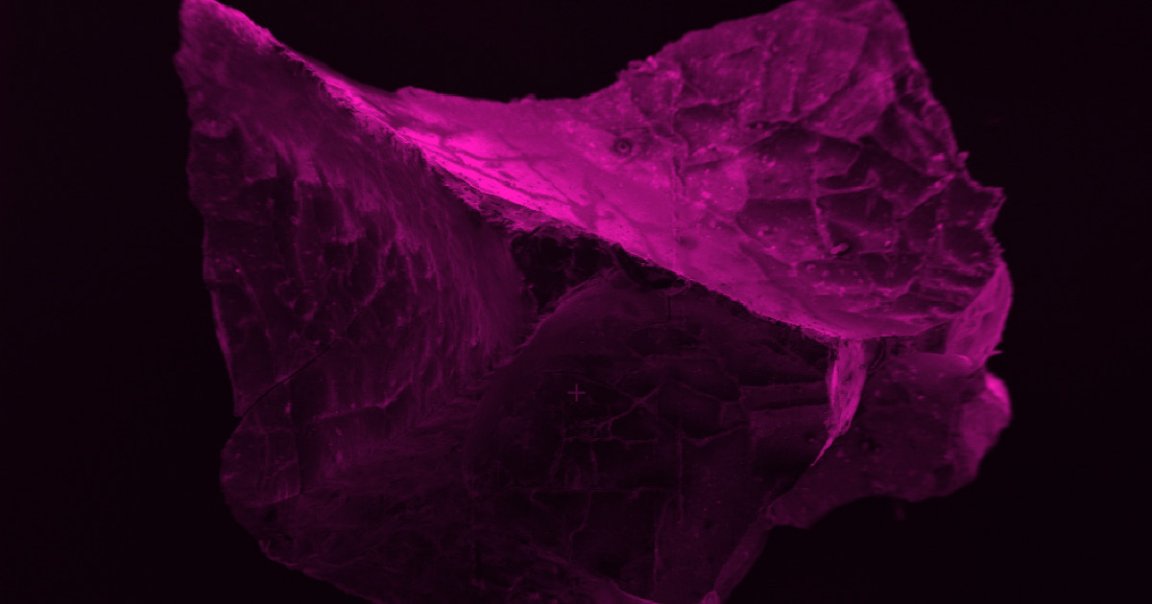
Flash Fire
A team of scientists found a surprising survivor from the Mount Vesuvius eruption that buried the ancient city Pompeii in the year 79 A.D.
In Herculaneum, a city that was also buried under the eruption, scientists found one victim’s skull that had heated and cooled so quickly that his brain turned to a black glass, Ars Technica reports. Now, after further analysis, the scientists found that even individual brain cells were preserved, like critters trapped in ancient amber. It’s a remarkable discovery — especially since brains tend to rapidly decompose after death.
Following Up
The preserved remains were actually discovered back in the 1960s, Ars reports. But after discovering a few years ago that the corpse, a 25-year old man found lying on a wooden bed, contained brain matter, forensic medicine researcher Pier Paulo Petrone of the University Frederico II has been studying it to find out what happened.
“The discovery of brain tissue in ancient human remains is an unusual event,” Petrone told Ars. “But what is extremely rare is the integral preservation of neuronal structures of a 2,000-years-ago central nervous system, in our case at an unprecedented resolution.”
Lost Recipe
Other scientists aren’t convinced with Petrone’s theory that the sudden, intense heat basically fried the man’s body and turned his brain to glass. Teesside University forensic anthropologist Tim Thompson, for example, suspects that a longer-lasting, lower-intensity heat killed the man, and told Ars that he’s frustrated Petrone’s team didn’t share the raw data.
But regardless of the “how,” the fully-preserved glass neurons from almost two millennia ago are a remarkable discovery and an unusual archaeological first.
READ MORE: Archaeologists find evidence of neurons in glassy brain of Vesuvius victim [Ars Technica]
More on ancient history: Frozen in Amber: 110 Million Year Old Spider Attack